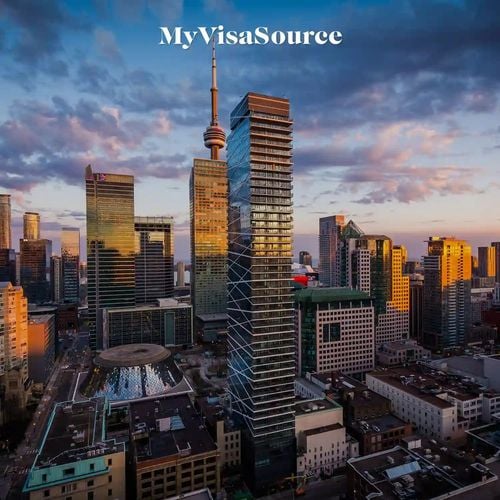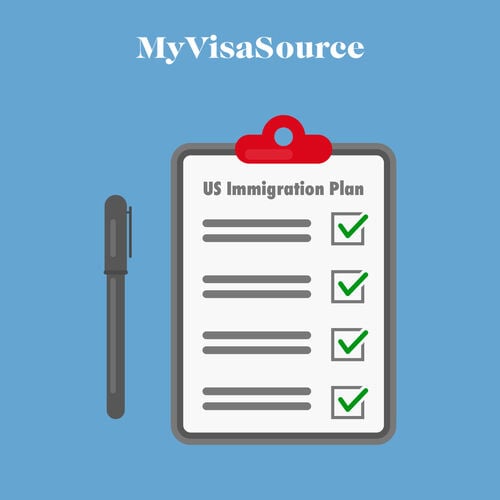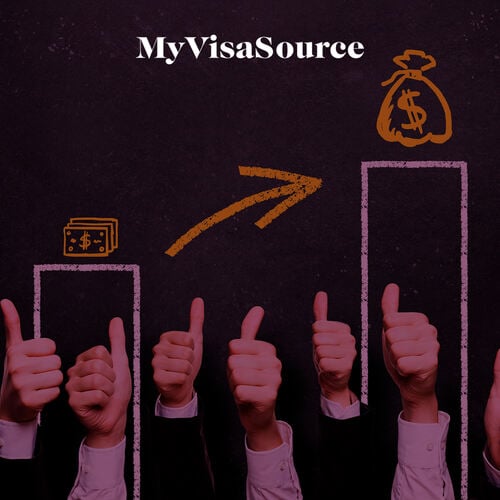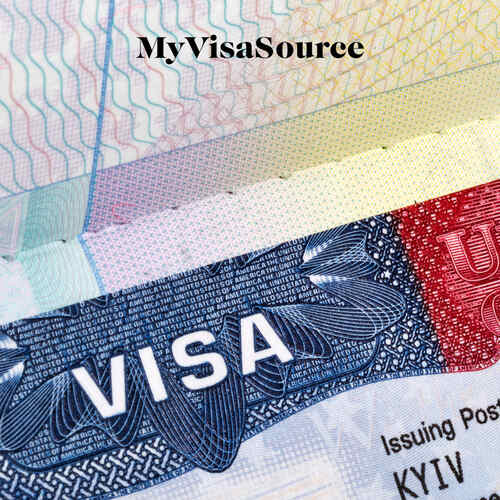The H-1B Visa Program: A Brief Overview
The H-1B visa program was initially established to attract highly skilled foreign workers to fill specialized positions in the United States. It has been an instrumental pathway for employers to hire foreign talent in technology, engineering, healthcare, finance, and more fields. However, the program has undergone some criticism and scrutiny in recent years, leading to the need for reform.
The New H-1B Visa: What Has Changed?
In response to growing concerns about visa abuse and to prioritize U.S. worker employment opportunities, the U.S. government has implemented several key changes to the H-1B visa program. Some of the noteworthy modifications include:
Wage-Based Selection Process
One of the most significant changes is the introduction of a wage-based selection process. Instead of the previous random lottery system, H-1B visa applications will now be prioritized based on the offered wage level. This move aims to prevent the exploitation of lower-paid foreign workers while favoring those with specialized skills and higher wages.
Strengthening Employer Obligations
The new rules also enhance employer accountability by imposing stricter obligations on employers who sponsor H-1B visa holders. This includes measures to prevent the displacement of U.S. workers, ensure proper payment of wages, and provide transparency in recruitment and hiring processes.
Increased Visa Flexibility
The reform introduces greater flexibility for H-1B visa holders to change employers without losing their status. This change gives visa holders more control over their careers and enhances competition among employers to attract top talent.

















